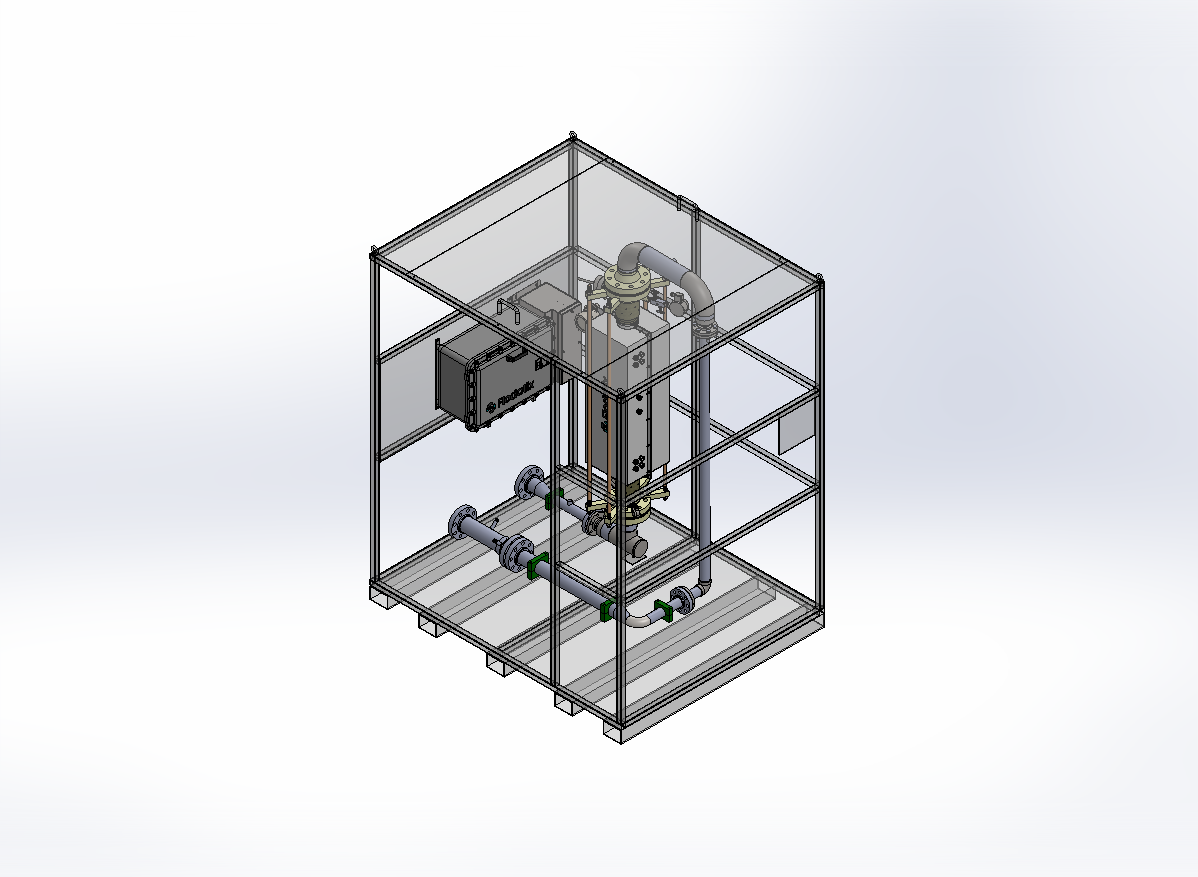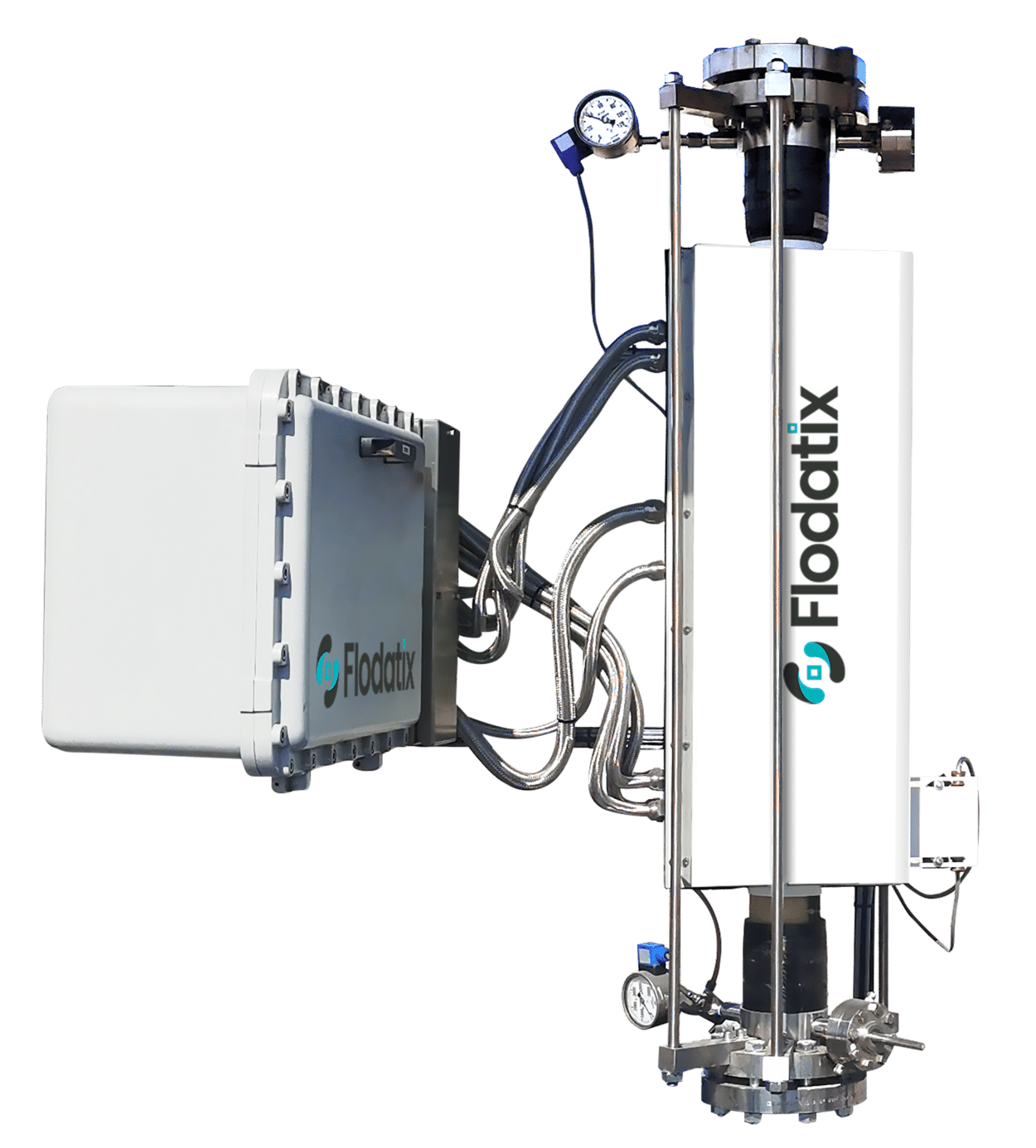Multiphase Flow Meters (MPFMs) are advanced devices used to measure the individual flow rates of constituent phases in a given multiphase flow, typically in the oil and gas industry. These phases can be constituted of oil, gas, water, or condensates.
How MPFMs Work
MPFMs work by utilizing physical property measurements such as gamma-ray absorption, electrical impedance, or ultrasonic, which allow for accurate multiphase flow measurements. Various technologies are employed in order to differentiate between the different phases and provide accurate results.
Why MPFMs are Useful
MPFMs offer direct and continuous multiphase flow measurement of oil, gas, and water in a flow stream. This reduces the need for well testing and separate test lines. They provide comprehensive flow data, ultimately leading to increased production and recovery rates. Further, their versatility makes them valuable in various environments, including onshore, offshore, deepwater, and polar regions.
Common MPFM Technologies
- Differential pressure metering: Calculates phase fractions and multiphase flow rates based on pressure and fluid property measurements.
- Gamma ray absorption: Uses gamma rays to determine phase fractions, taking advantage of differing absorption levels across phases.
- Electrical impedance: Utilizes variations in conductivity between different phases to measure phase fractions.
- Ultrasonic: Makes use of the speed of sound in different phases to determine phase fractions and multiphase flow rates.
List of MPFMs on the Market
- Flodatix’s T-Viz Meter: A non-nuclear and cost-effective MPFM with proprietary 3D visualization software for enhanced analysis.
- Schlumberger Vx: A nuclear-based MPFM that utilizes gamma-ray absorption technology for density readings.
- Emerson Roxar: An MPFM that employs a nuclear source for detailed density measurements in multiphase flows.
- TechnipFMC: Offers a variety of flow measurement technologies and services suitable for various applications in the oil and gas industry.
- Weatherford: Provides precise flow assurance solutions with real-time diagnostics and metering.
- Agar Corporation: Specializes in MPFMs that excel at handling high-sand production and heavy oil applications.
- Haimo Technologies: Delivers MPFMs featuring detailed real-time monitoring, data acquisition, and reporting capabilities.
- Halker: The Halkeye aims to deliver consistent and reliable flow measurements.
- KROHNE Group: Offers a wide range of MPFM solutions, covering various applications in the oil and gas industry.
- ABB: Provides a comprehensive portfolio of MPFMs for various oil and gas applications, including onshore and offshore installations.
- Cactus Measurement: Innovative multiphase oil and gas flow monitoring solutions with advanced technology and data analytics.
- ROSEN Flowmeter: Sophisticated multiphase flow measurement solutions for efficient oil and gas flow management.
- M-Flow Technologies: High-performance wellhead multiphase flow meters for reliable data and improved oil and gas reservoir management.
- Fiorentini’s MPFM: Precise measurement of individual phase flow rates in oil, gas, and water for the demanding oil and gas industry.
- Tek-Trol’s MPFM: Real-time measurement of individual phase components for increased oil and gas production efficiency.
Flodatix’s T-Viz Meter
The T-Viz Meter offers several advantages over traditional separators and other MPFMs.
A traditional approach involves using a separator, a vessel that divides the single incoming stream from the wellhead into three streams—oil, water, and gas. This method usually employs a Coriolis flow meter for the oil line, a turbine flow meter for water, and an orifice plate flow meter for gas. These three meters, though cheaper individually, do not utilize a nuclear source and require a large, expensive separator as well as additional pipework.
Compared to this method, the T-Viz provides savings in both cost and space without compromising accuracy. The Flodatix system offers the ability to measure individual flows of oil, gas, and water in a single stream, bypassing the need for a costly separator at each wellhead. Instead, a bulk separator at a central point can be used for all wells with a T-Viz at each wellhead.
As for competition among other MPFMs, major competitors like Schlumberger Vx and Emerson Roxar make use of nuclear sources to provide density readings. A few other MPFMs exist that do not use nuclear sources, but these have not gained wide acceptance due to accuracy concerns.
What sets the Flodatix MPFM apart is its proprietary 3D visualization software, which adds an additional layer of detail and analysis to multiphase flow measurement not found in other products on the market.
You may be interested in
Advancing Multiphase Flow Metering in the Oil & Gas Industry
The Benefits of Flodatix’s Non-Nuclear Multiphase Flow Meters for E&P Companies
The adoption of MPFMs has revolutionized the oil and gas industry, driving efficiency, improving production and recovery rates, and offering better flow assurance and management. In the future, as technology continues to advance, we can expect to see further improvements in the capabilities and performance of MPFMs, ultimately leading to even more efficient and sustainable oil and gas operations.


